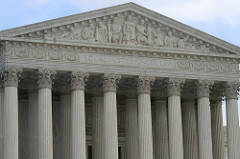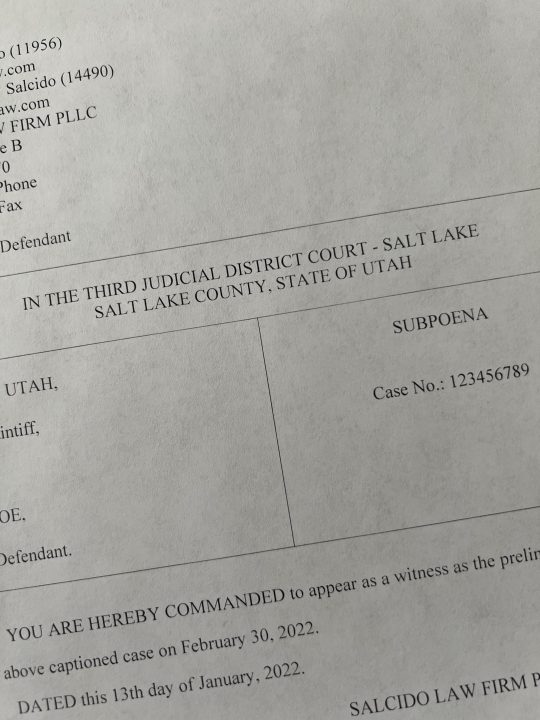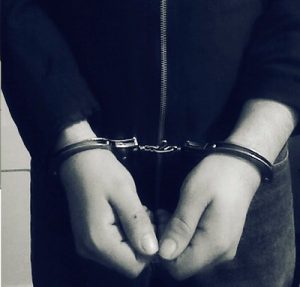What does Authenticating Evidence Mean?

Evidence can only be admitted in court if it is first authenticated, that is, the party seeking to admit the evidence must present evidence showing that the thing is what the party says it is. To satisfy the requirement of authenticating or identifying an item of evidence, the proponent must produce evidence sufficient to support a finding that the item is what the proponent claims it is, such as testimony of a witness with knowledge.
In State v. Wager, Wager was convicted of possession of methamphetamine and marijuana. The main issue the Utah Court of Appeals dealt with concerns the authentication at trial of a photo that was obtained from Wager’s ex-girlfriend. The photo appears to show Wager in his bathroom holding a meth pipe to his mouth and a small torch in his other hand. Wager objected to the admission of the photo and made the argument that it lacked sufficient authentication, specifically that the State did not have a witness with personal knowledge of the contents of the photo. The State had a police detective testify that the photo accurately depicted Wager in his bathroom because he recognized the bathroom from a photograph he took during his search of Wager’s home. Wager argued that the detective cannot depict the activity in the photo, but the trial court overruled the objection and admitted the photograph. The Utah Court of Appeals affirmed the judgment of the trial court in regards to the authenticity of the photo and held that the trial court could reasonably conclude that the detective possessed sufficient personal knowledge to satisfy the requirement of authenticating evidence. Therefore, the jury could find the photograph authentic by using the evidence of the detective’s photograph and his uncontroverted testimony.
“Proper authentication does not require conclusive proof but, instead, requires only that the trial court determine that there is evidence sufficient to support a finding of the fulfillment of [a] condition of fact.” State v. Woodard, 2014 UT App 162, ¶ 17, 330 P.3d 1283. If evidence is admitted, it then goes to the jury to decide whether the evidence is actually authentic.




